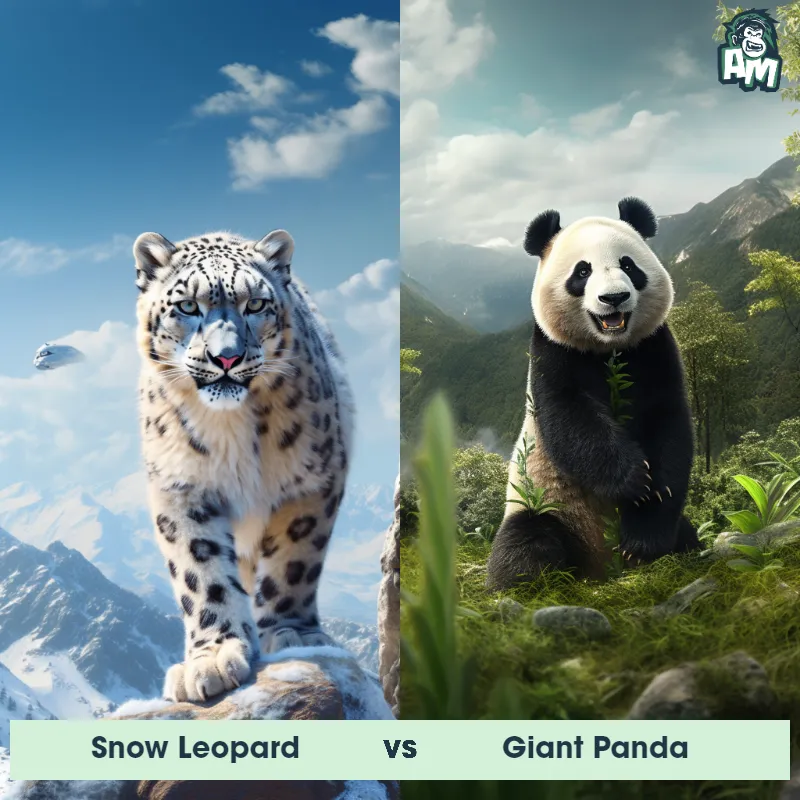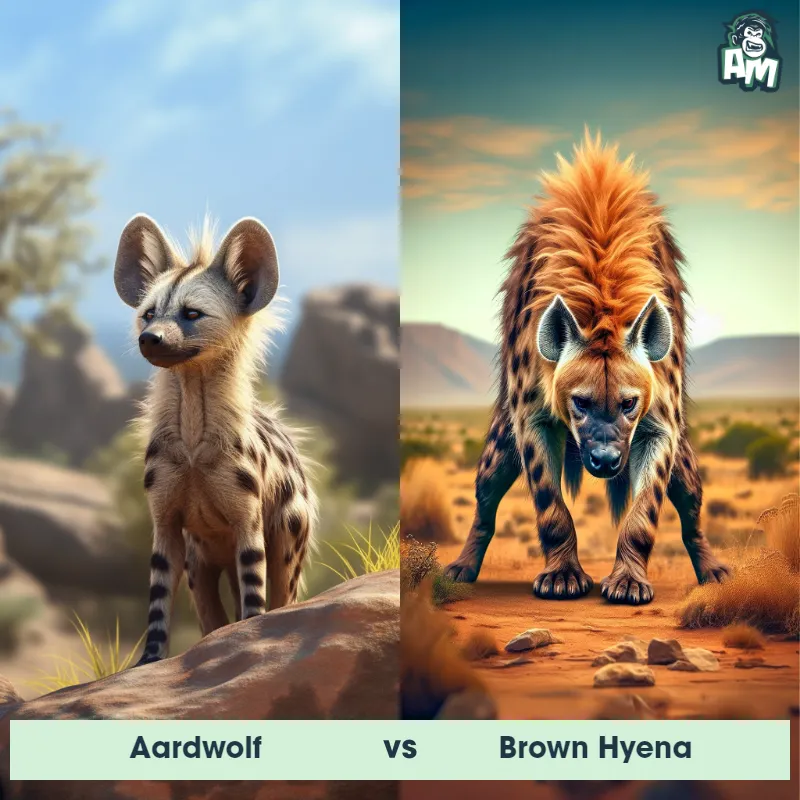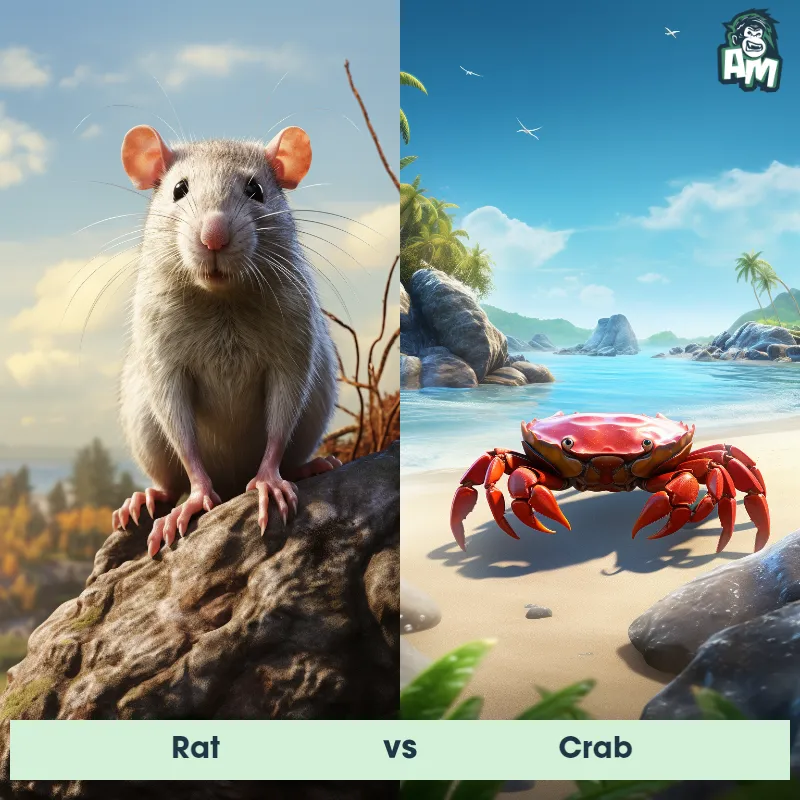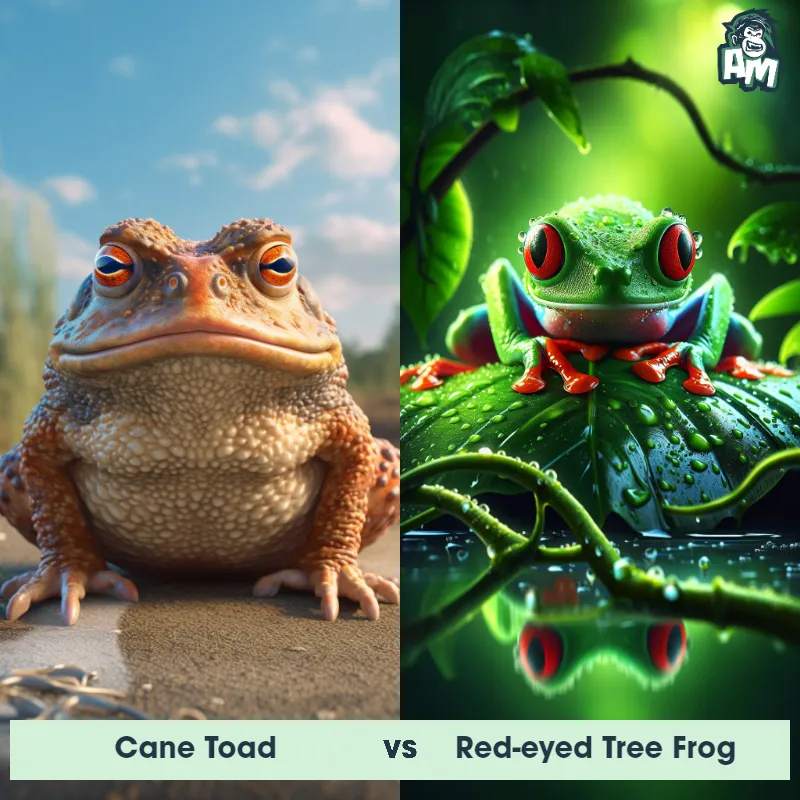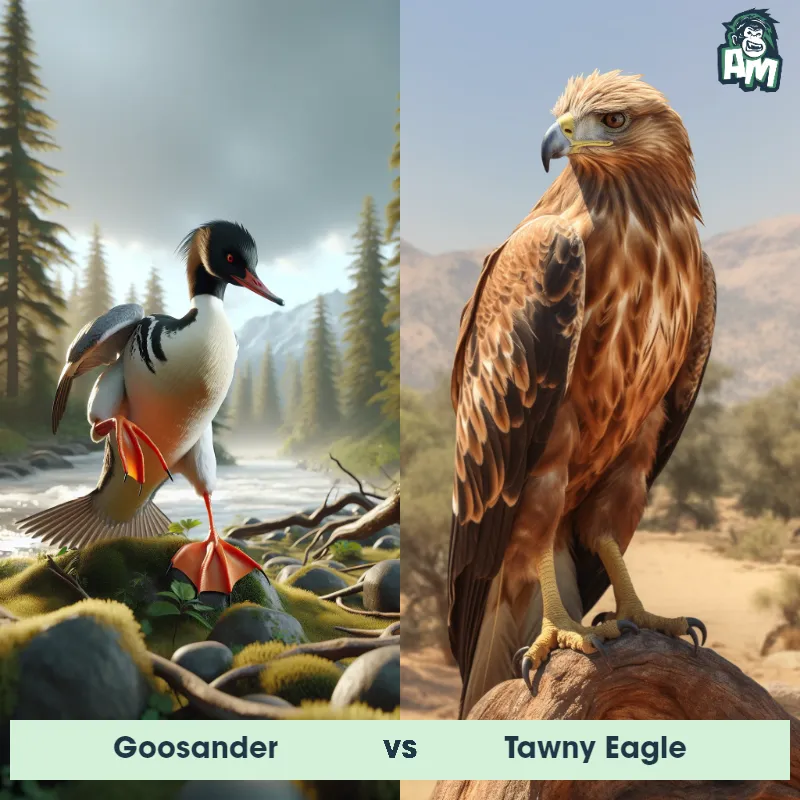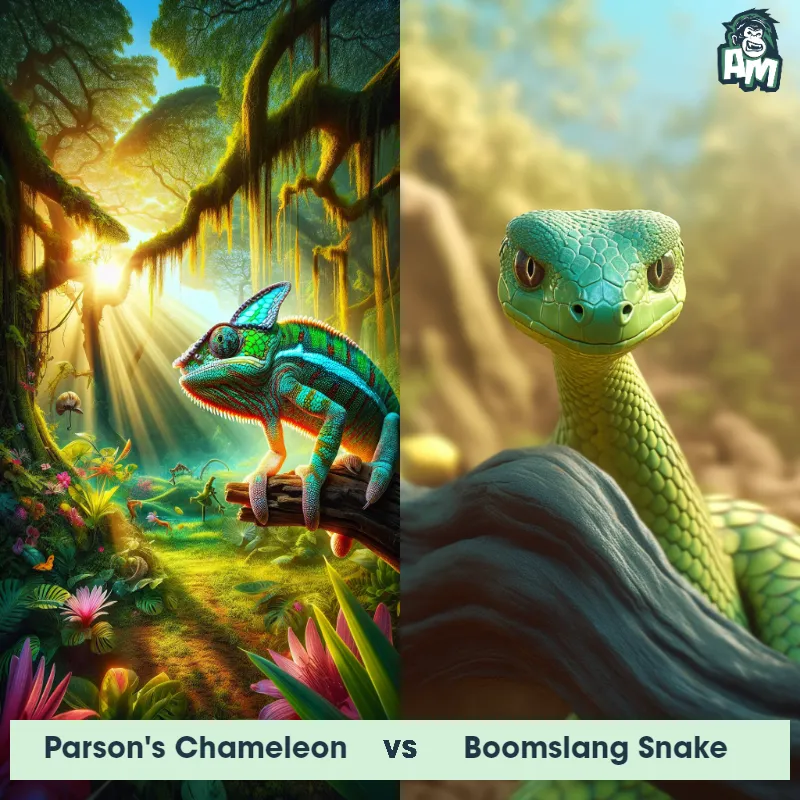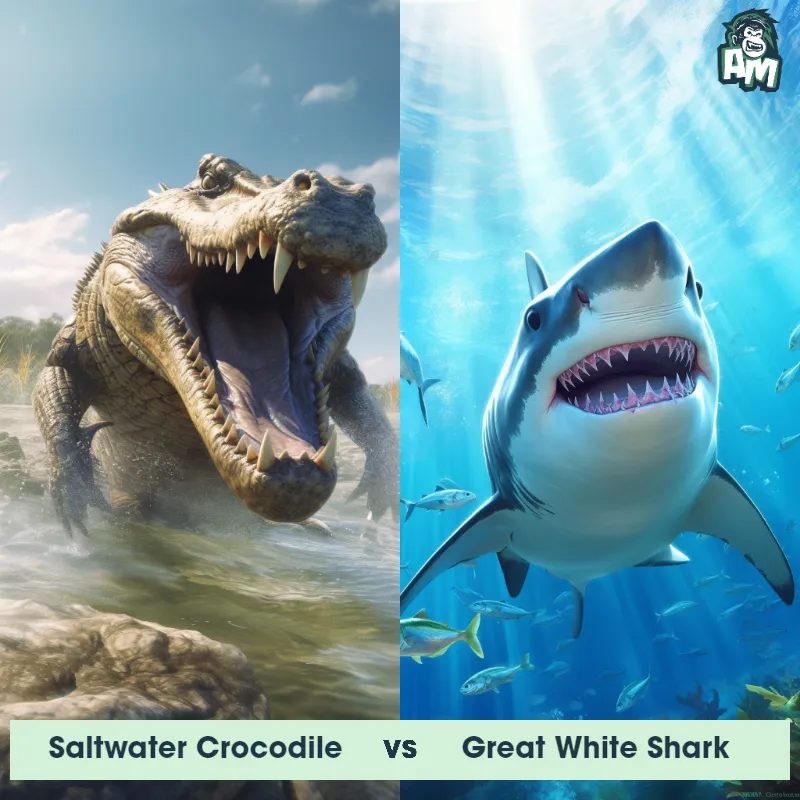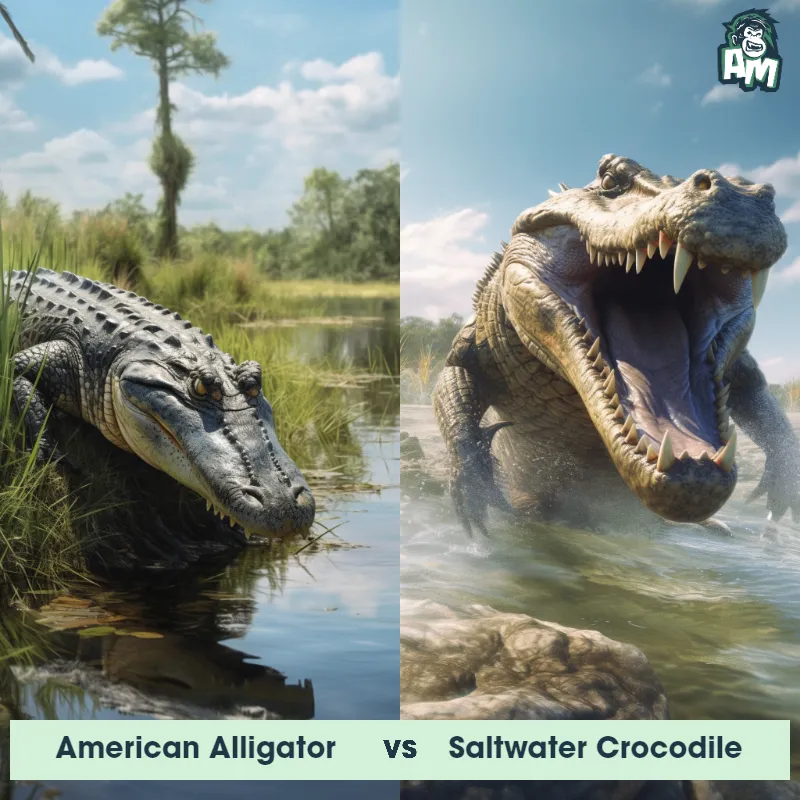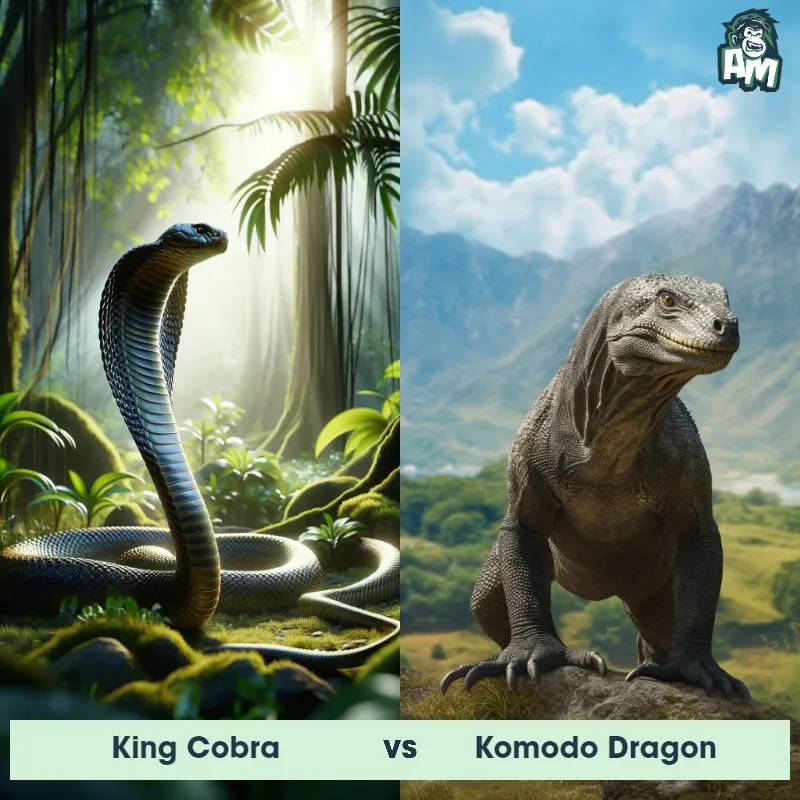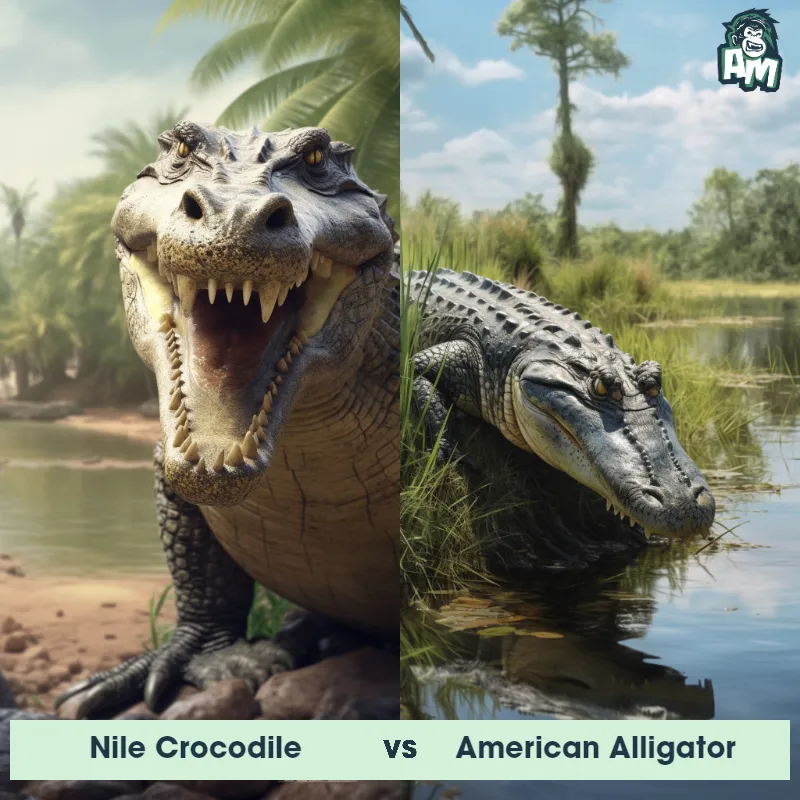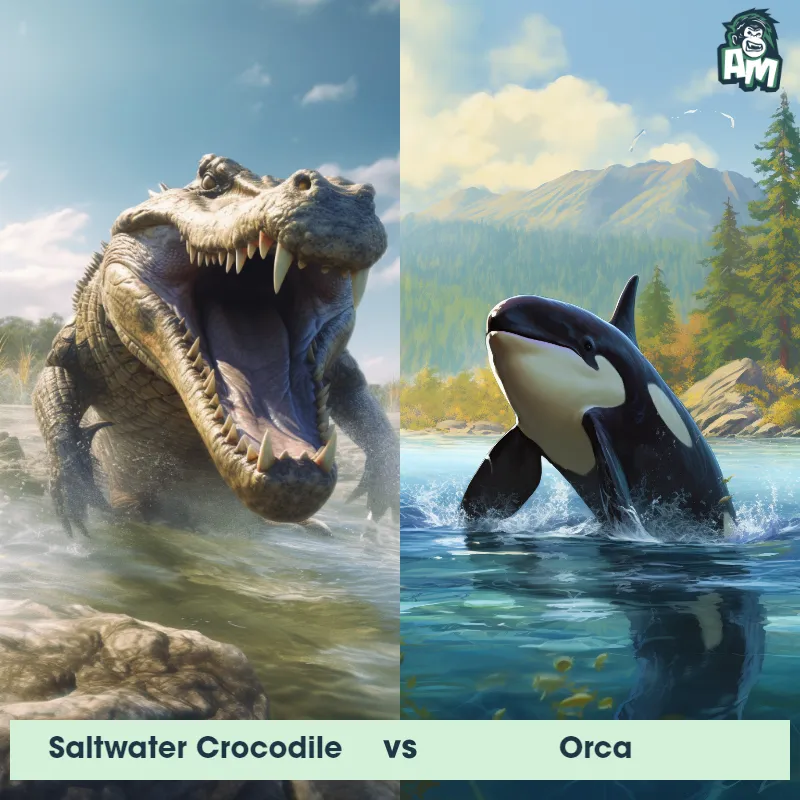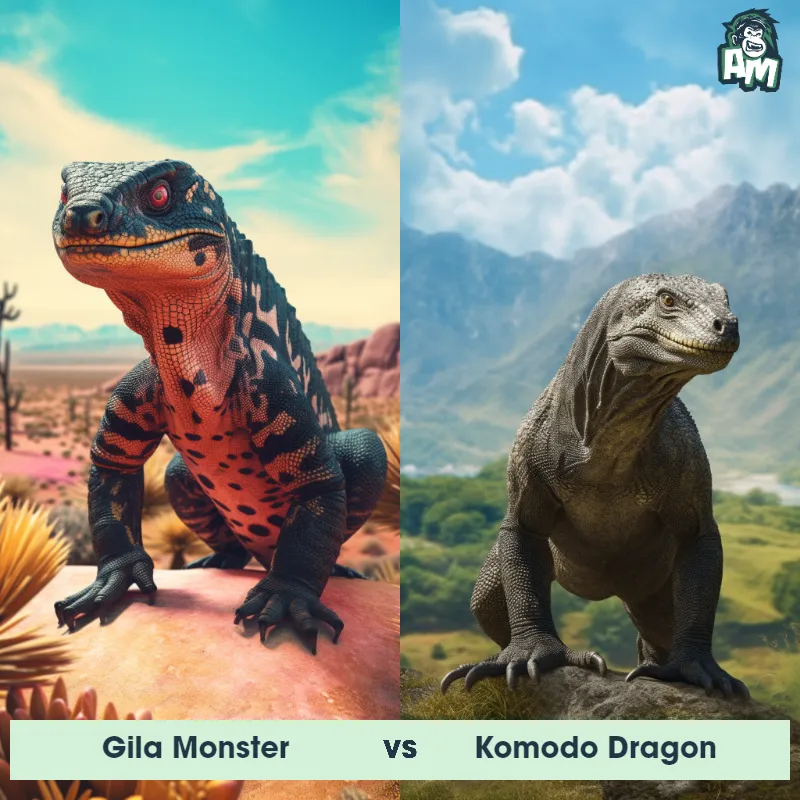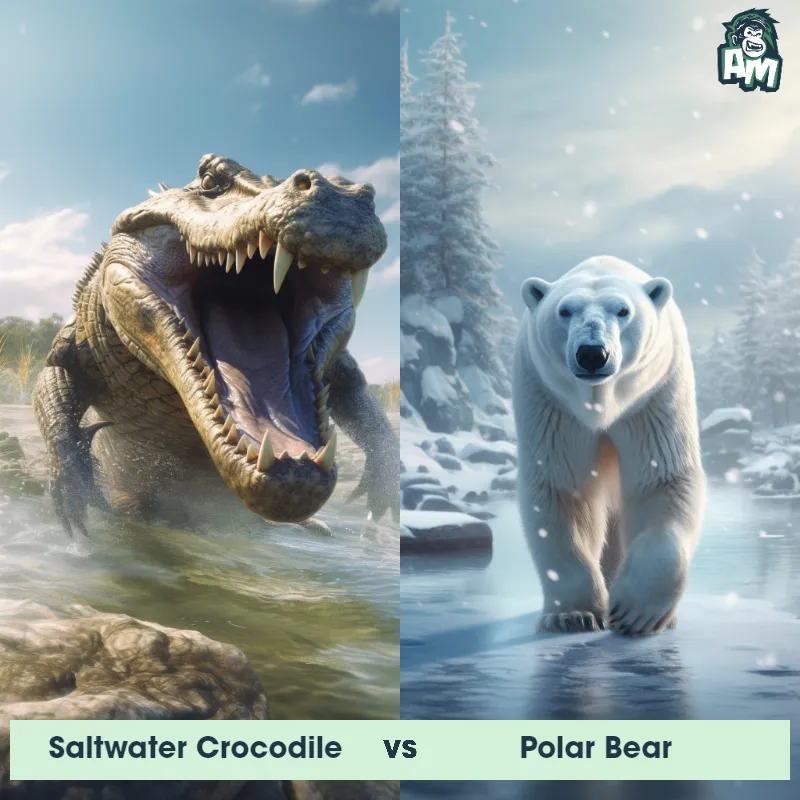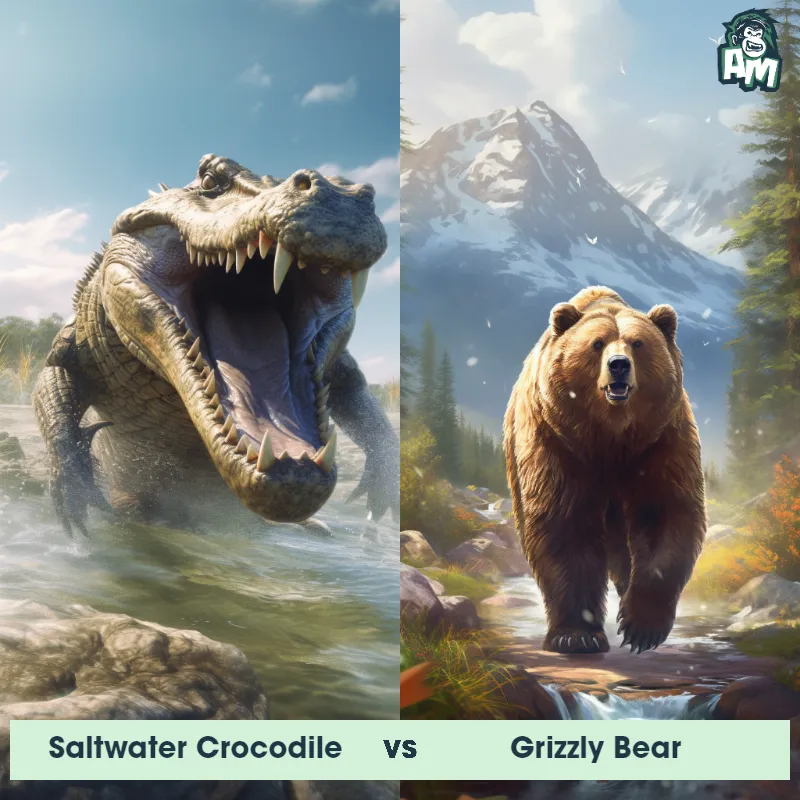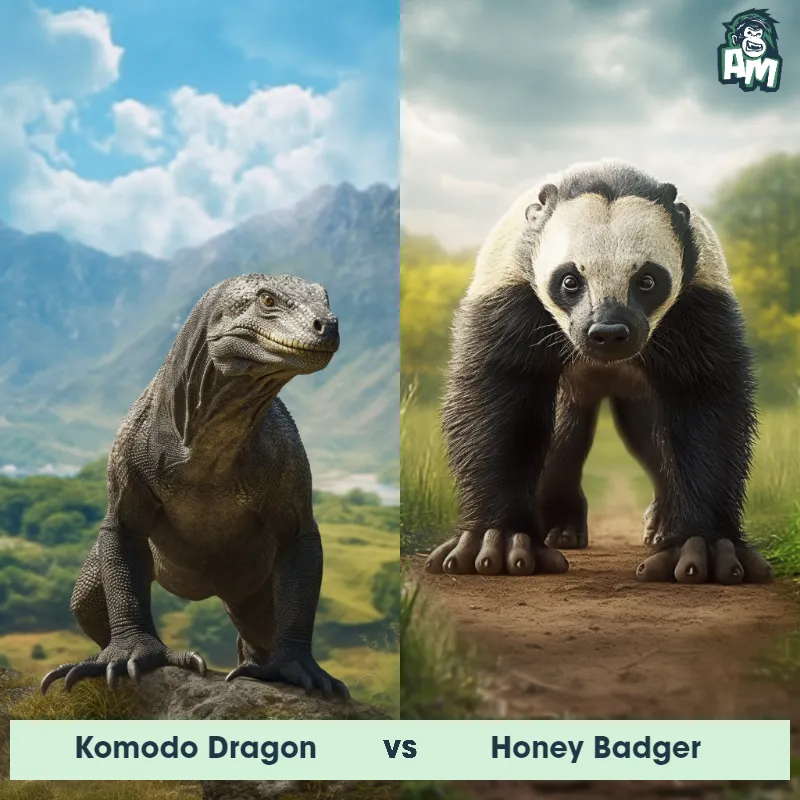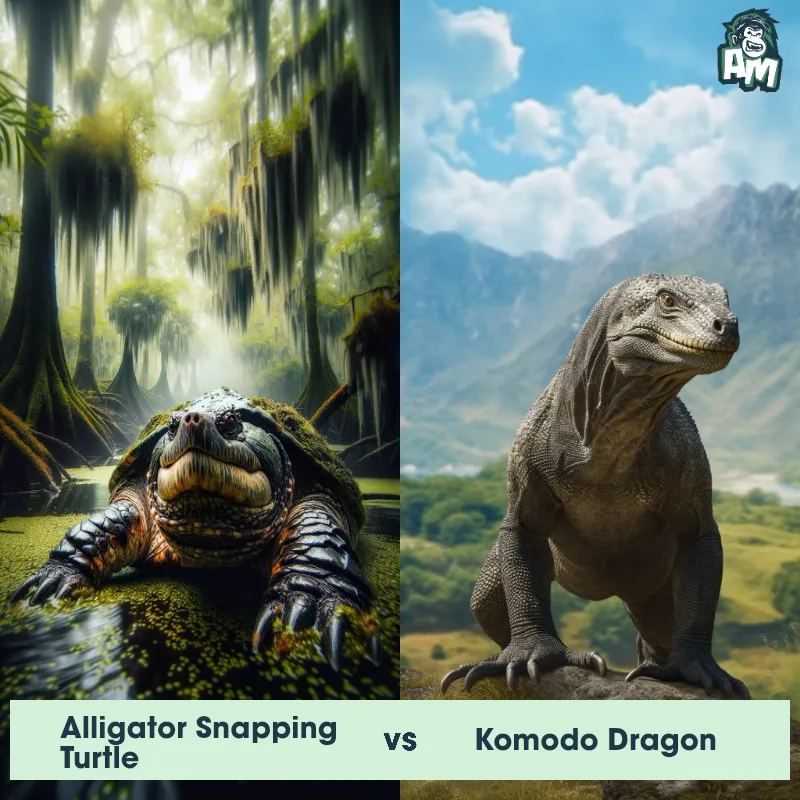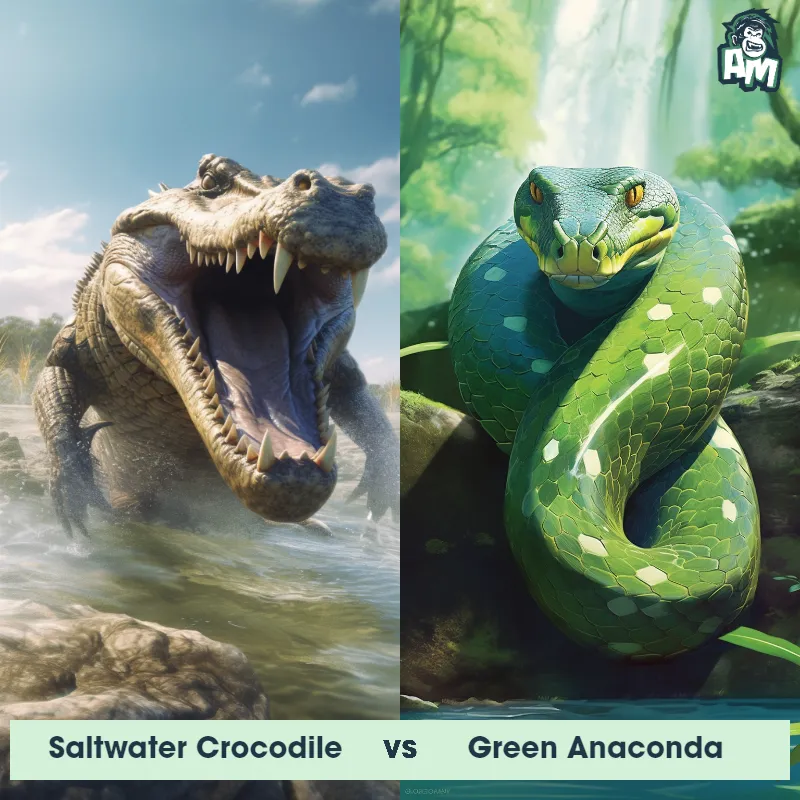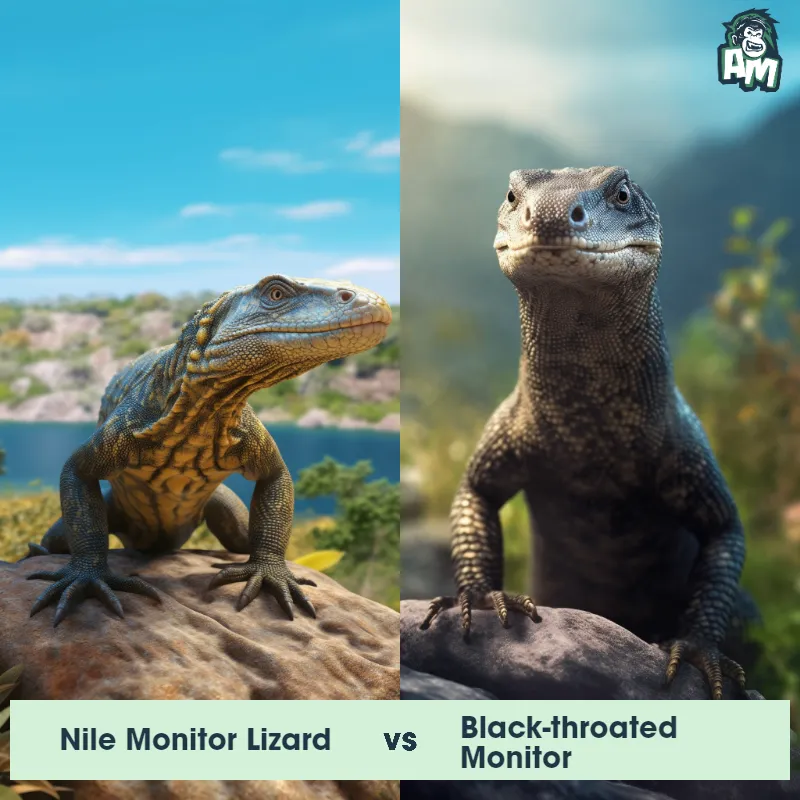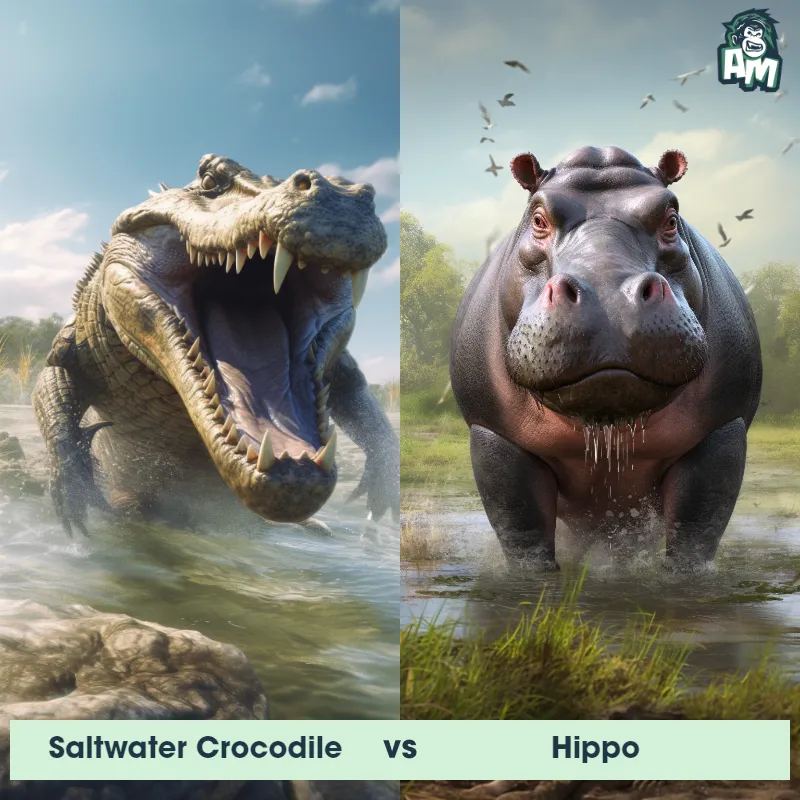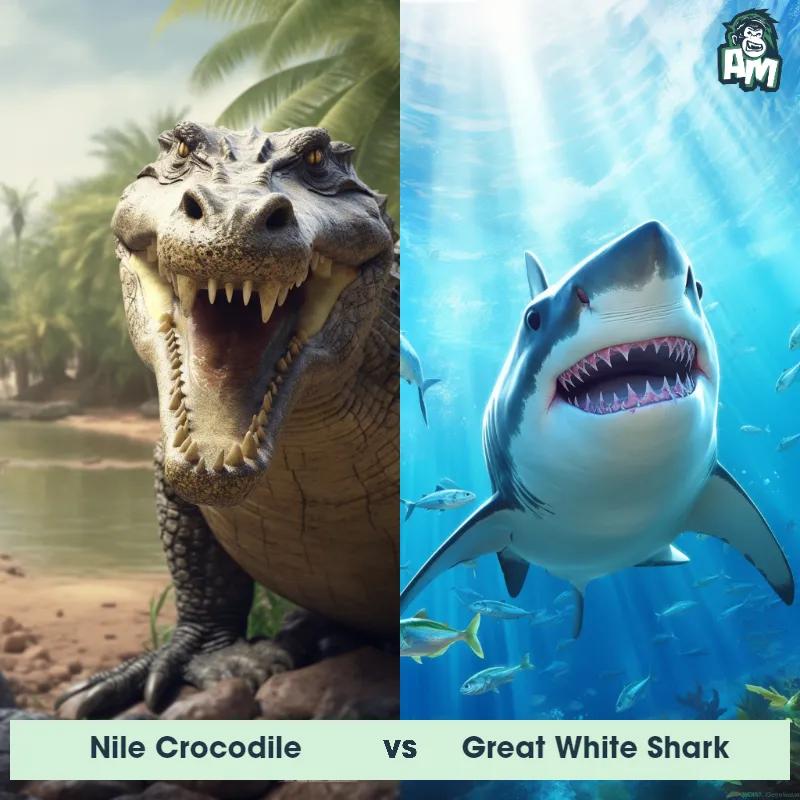Komodo Dragon vs Saltwater CrocodileSee Who Wins
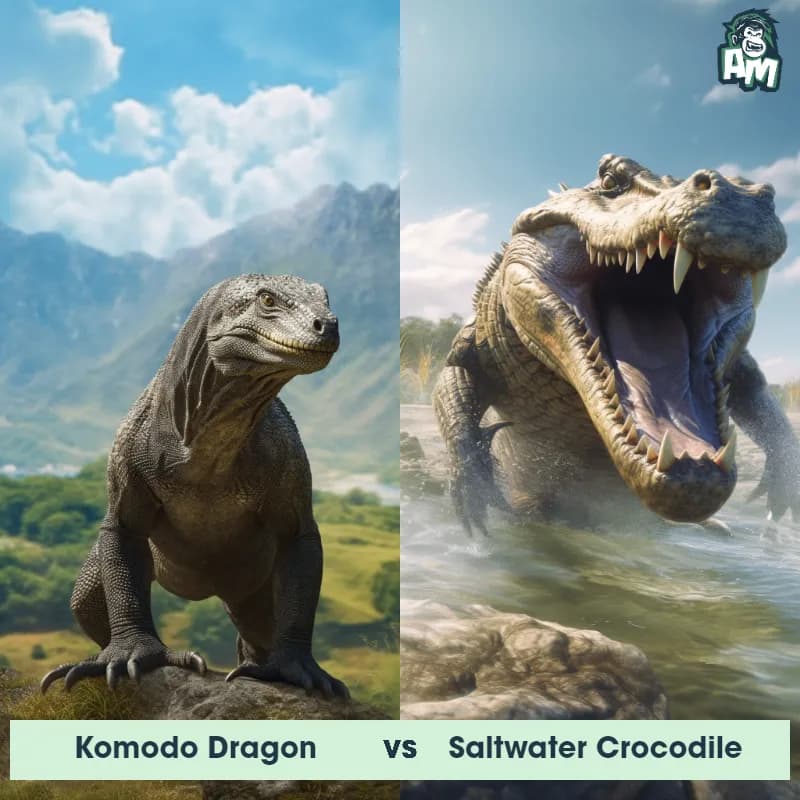
Today we have a truly fearsome battle between two of the most powerful reptiles on Earth: the Komodo Dragon and the Saltwater Crocodile. Prepare for a clash of strength, stealth, and unparalleled power!
Contender 1: Komodo Dragon
The Komodo Dragon, also known as the Komodo monitor, is a large species of lizard that can grow up to 10 feet long and weigh up to 300 pounds. They have rough, scaly skin, sharp claws, and a long, powerful tail. Their teeth are serrated and can deliver a venomous bite that can cause paralysis and death in their prey. They are native to the Indonesian islands of Komodo, Rinca, Flores, Gili Motang, and Padar.
Fun Fact: Komodo Dragons have a keen sense of smell and can detect carrion from up to 5 miles away.
Contender 2: Saltwater Crocodile
The Saltwater Crocodile, also known as the estuarine crocodile, is the largest living reptile in the world, with males reaching up to 23 feet in length and weighing over a ton. They have a powerful jaw with over 60 teeth and are covered in tough, scaly skin that ranges from grayish-brown to black in color. They are found in the brackish and freshwater habitats of Southeast Asia and Northern Australia and are known for their aggressive behavior towards humans.
Fun Fact: Saltwater Crocodiles have the strongest bite force of any animal in the world, with a bite strength of up to 3,700 pounds per square inch, which is strong enough to crush a car.
Matchup Stats
| Komodo Dragon | Saltwater Crocodile | |
|---|---|---|
| Size | Up to 10 feet (3 meters) long | Up to 23 feet (7 meters) |
| Weight | Up to 300 pounds (136 kilograms) | Over a ton (1,000 kg) |
| Speed | Speed: 12 mph (19.31 km/hr) | Land Speed: 11 mph (18 km/hr) |
| Key Strength | Powerful jaws and sharp teeth | Powerful jaw with 64-68 teeth and strongest bite force of any animal in the world |
| Biggest Weakness | Slow movement and lack of agility | Slow on land and vulnerable to attacks on the soft underbelly |
Current Votes
Komodo Dragon vs Saltwater Crocodile
See Who Wins
View More Matches
Looking For More?
Similar Matches
Scientific Stats
| Komodo Dragon | Saltwater Crocodile | |
|---|---|---|
| Scientific Name | Varanus komodoensis | Crocodylus porosus |
| Family | Varanidae | Crocodylidae |
| Habitat | Terrestrial | Brackish and freshwater habitats |
| Geography | Indonesian islands of Komodo, Rinca, Flores, Gili Motang, and Padar | Southeast Asia and Northern Australia |
| Diet | Carnivorous, primarily eats deer, pigs, and water buffalo | Carnivorous, preys on fish, birds, mammals, and other reptiles |
| Lifespan | 20 years - 30 years | 70 years - 100 years |
Key Differences between Komodo Dragon and Saltwater Crocodile
- Habitat: Saltwater crocodiles are found in saltwater habitats such as rivers, estuaries, and coastal areas, while Komodo dragons are found on the islands of Indonesia.
- Body shape: Saltwater crocodiles have a more streamlined body shape, while Komodo dragons have a bulkier, more lizard-like appearance.
- Coloration: Saltwater crocodiles are typically a dark greenish-brown color, while Komodo dragons are a mottled brownish-gray color with darker spots.
- Teeth: Saltwater crocodiles have large, sharp teeth that are visible even when their mouth is closed, while Komodo dragons have smaller, serrated teeth that are only visible when their mouth is open.
- Skin texture: Saltwater crocodiles have rough, scaly skin, while Komodo dragons have a more pebbled texture to their skin.
- Head shape: Saltwater crocodiles have a more triangular-shaped head, while Komodo dragons have a more elongated, narrow head.
- Size: Saltwater crocodiles are much larger than Komodo dragons, with adult males reaching lengths of up to 23 feet, while Komodo dragons typically only reach lengths of up to 10 feet.
- Diet: Saltwater crocodiles are carnivorous and will eat a variety of prey including fish, birds, and mammals, while Komodo dragons primarily eat carrion but will also hunt small mammals and birds.



